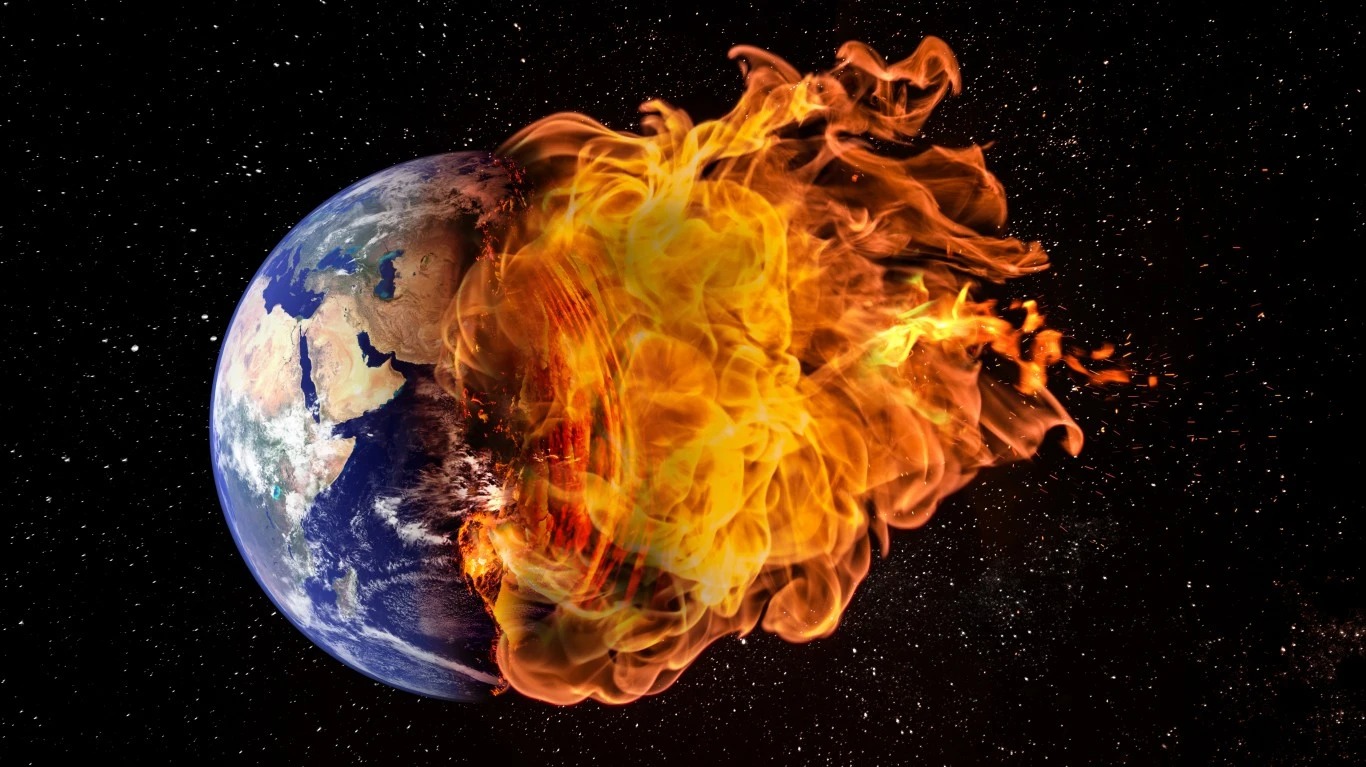
The end of the world. The Scandinavians called this Norse Ragnarök. The ancient Christians called it the apocalypse. In modern times, the Bulletin of the Atomic Scientists, a nonprofit science and global security organization, uses the Doomsday Clock to represent the likelihood of human-made global catastrophe. And according to the clock, the last three years were the closest we have ever come to ending life on Earth.
The human race faces many challenges that did not exist even a few decades ago. The most dangerous of these are nuclear war and climate change. (This is what a nuclear war would do to the world.)
The prospect of nuclear war has resurfaced amid the Russian invasion of Ukraine and threats from Russian leader Vladmir Putin. The U.S. and Russia have nuclear arsenals that could wipe out life in entire countries, or perhaps the human race all together.
There are also daily reminders of the effects of climate change. Humanity has done little to stop the rise in global temperatures. Seas are rising quickly. Droughts are more common and generally worse than in the past. Hurricanes have become more powerful. Flooding and air pollution will soon make part of the world uninhabitable. (These are the worst cities to live as climate change gets worse.)
The Doomsday Clock, which reflects how close we are to destroying our world, takes these two measures into account. The closer the clock gets to midnight, the more dire the situation is. If the clock hits midnight, well, that means the world has ended.
The Doomsday Clock was created by the Bulletin of the Atomic Scientists, founded by Albert Einstein and scientists who worked on the atomic bomb in the Manhattan project. It is set annually, starting in 1947. For the past two years, the clock has been set at 100 seconds to midnight.





